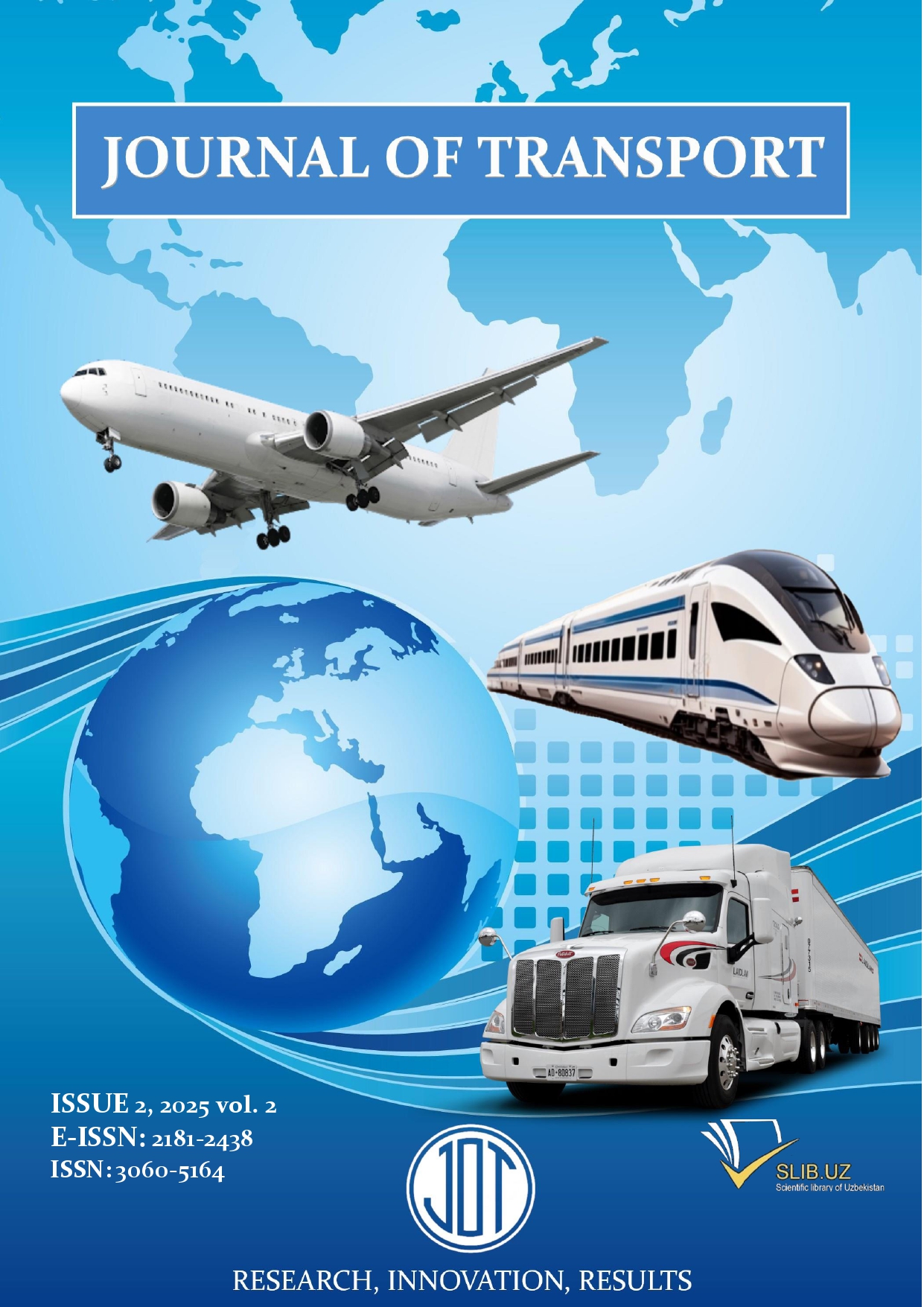Analysis of failures of components in a complex of backup power sources for signaling and communication devices on a railway section using the Petri net and Monte Carlo method
Abstract
This article presents an integrated approach to the reliability analysis of a backup power supply system for signaling and communication devices in railway transport. The model includes batteries, diesel generators, and alternative energy sources. A Petri net is used to analyze the logic of operation and switching between power sources, providing a visual representation of the system's structure and revealing potential conflicts. The Monte Carlo method is employed to quantitatively assess the system's reliability under various conditions. The simulation results demonstrate the impact of individual component failures on the overall stability of the system and help identify the most vulnerable elements, which is essential for subsequent optimization and improving the overall reliability of the power supply in railway infrastructure.
References
[2] Rubinstein, R.Y., Kroese, D.P., Simulation and the Monte Carlo Method, Wiley, 2016.
[3] Сидоров, А.В., Анализ отказов систем электропитания, Журнал энергетических систем, 2023.
[4] Яронова Н.В, Аметова А.А. Cравнительный анализ аккумуляторных батареи для бесперебойного питания устройств автоматики и телемеханики, The scientific journal vehicles and roads, 2022 №2, стр 137-144
[5] Яронова Н.В., Аметова А.А. Построение «smart» электросети с применением инновационных технологий // Universum: технические науки: электрон. научн. журн. 2021. 9(90). URL: https://7universum.com/ru/tech/archive/item/12289
[6] Трофимов, И.А., Лазарев, В.Н. Энергосбережение в транспортных системах: технологии и решения. Москва: Технопарк, 2017
[7] Брагинский, М.В. Энергетика и транспорт: теория и практика. Москва: Транспорт, 2019.
[8] Иванов, А.С., Кузнецов, П.В. Возобновляемые источники энергии в транспортной инфраструктуре. Санкт-Петербург: Наука, 2020.
[9] Chen, X., Liu, H., Zhang, J. (2021). A reliability analysis method for renewable-based hybrid energy systems using improved Monte Carlo simulation. Renewable Energy, 172, 55–65. https://doi.org/10.1016/j.renene.2021.02.123
[10] Al-Khafajiy, M., Baker, T., Asim, M. et al. (2020). Real-time fault-tolerant model for industrial IoT-based railway monitoring using Petri nets. IEEE Transactions on Industrial Informatics, 16(12), 7652–7662. https://doi.org/10.1109/TII.2020.2987562
[11] Иванов, А. С., Кузнецов, П. В. Возобновляемые источники энергии в транспортной инфраструктуре. Санкт-Петербург: Наука, 2020.
[12] Smith, J., Brown, L. Renewable Energy Integration in Rail Systems. Renewable Energy Journal, 2021, Vol. 35, No. 3, pp. 210-223.
[13] Тихонов, Ю. В. Модели и алгоритмы управления энергопотреблением на транспорте. Новосибирск: Сибтех, 2018.
[14] World Energy Council. Global Energy Transformation: Renewable Energy and Rail. Report, 2022.
[15] Qi, J., Lu, X., Zhang, H. (2022). Reliability optimization in smart railway energy systems considering renewable uncertainty. Energy Reports, 8, 1234–1243. https://doi.org/10.1016/j.egyr.2022.01.110.





